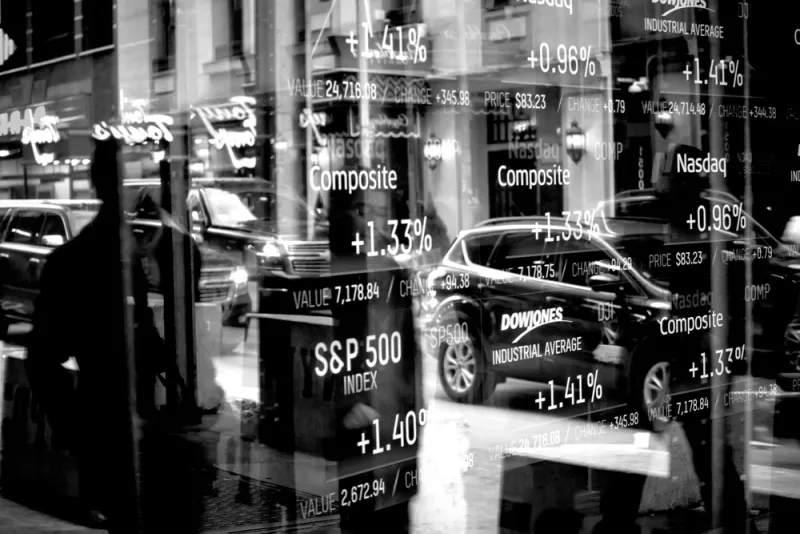Suvretta Capital Management’s aggressive move to preserve capital during fourth quarter seemed savvy in December, when global stock markets were plunging. But the decision to slash its exposure may have caused the firm to miss out on a sharp rebound.
Suvretta cut its gross exposure to 60 percent in mid-October from 160 percent at the beginning of the month, an investor in the hedge fund told Institutional Investor last year. The net exposure remained around 50 percent.
The hedge fund firm entered December with the same 60 percent gross exposure, but just a 20 percent net exposure, according to a person with knowledge of the firm's portfolio. So, by Christmas day, the long-short fund was down around 6 percent for December, when markets generally saw steeper monthly losses in the mid-teens.
Little did the folks at Suvretta know —or anyone else for that matter — that Old St. Nick would give stock investors their greatest wish: a surge in prices.
From December 26 through January 31, stocks went on a tear, with the S&P 500 surging 15 percent not including dividends reinvested. Suvretta, though, still wound up down 8 percent in 2018 and was only up 3 percent in January, the person said.
Alas, the factors that contributed to the firm preserving capital in December may have held it back from the bigger rebounds seen at other long-short hedge funds last month. While the firm seemed slow to turn bullish, many of its investors were glad not to experience the same whipsaw turns of other long-short funds.
Suvretta declined to comment.
The firm was founded by Aaron Cowen in 2012. He had previously worked for hedge fund luminaries with widely different strategies, including Seth Klarman’s Baupost Group, Michael Karsch’s Karsch Capital Management, Steven Cohen’s SAC Capital Advisors, and George Soros’s Soros Fund Management.
Cowen likes to use cash as a hedge and to take advantage of it when the market turns. But he is not a top-down investor, assuring clients in its second-quarter letter: “We do not attempt to make macro bets.”
Suvretta emphasizes what it calls an “industry-before-company framework and deep fundamental research to identify industries and companies with the potential to generate attractive risk-adjusted returns.” The firm gained 24.6 percent in 2017, according to the person with knowledge of the firm's investments.
Suvretta now has a gross exposure of about 90 percent to 100 percent, still low for a firm that usually has a 150 percent to 160 percent gross exposure, according to the person. The firm's net exposure now sits around 40 percent to 50 percent, below its usual 60 percent, the person said.
The hedge fund firm has told investors it now has more alpha shorts than ever and is more diversified.
At the end of last year, several of its largest U.S. longs were roughly the same as the previous quarter, according to regulatory filings.
Cloud computing giant Salesforce.com moved from being Suvretta's second largest long to its largest, while software giant Adobe moved to number two from number six.
As of December 31, Suvretta had added five companies to its top 12 individual stock holdings. They included health care information company IQVIA Holdings, Google parent Alphabet, beauty store chain Ulta Beauty, discount retail giant Dollar General and Royal Caribbean Cruises, according to the filings.
Copart, now its eleventh largest holding, is like a new position since Suvretta only owned a handful of its shares at the end of the third quarter. The company provides online vehicle auctions.
Suvretta also exited some bets during the fourth quarter. For example, the firm liquidated its stake in software and cloud computing giant Microsoft, which had become its largest long after establishing a new position in the third quarter, according to regulatory filings.
The firm also fully unloaded several other stocks that previously ranked among its largest positions: Bank of America, chemical company DowDuPont, drug giant Merck & Co., chemical maker FMC Corp., health care company Baxter International, and construction equipment maker Caterpillar.







